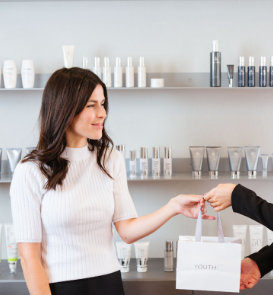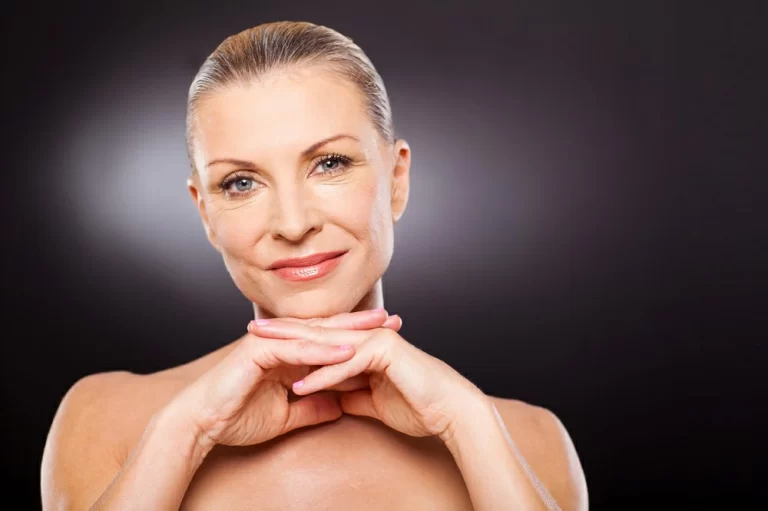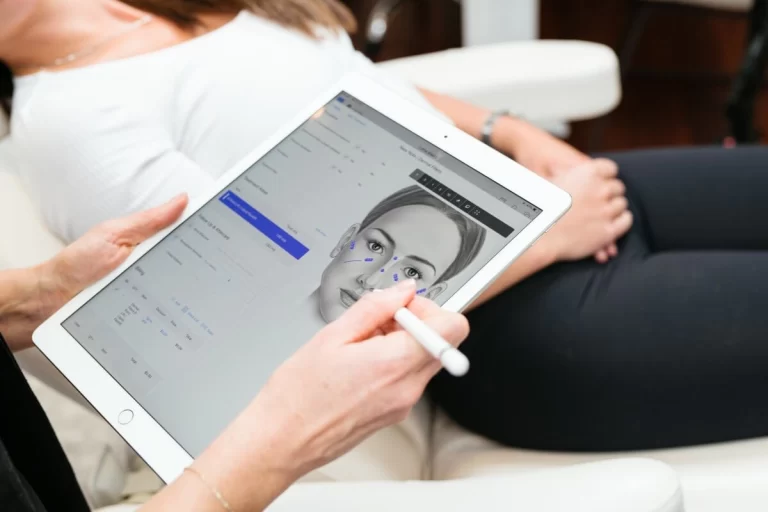Sunscreen Facts Everyone Should Know
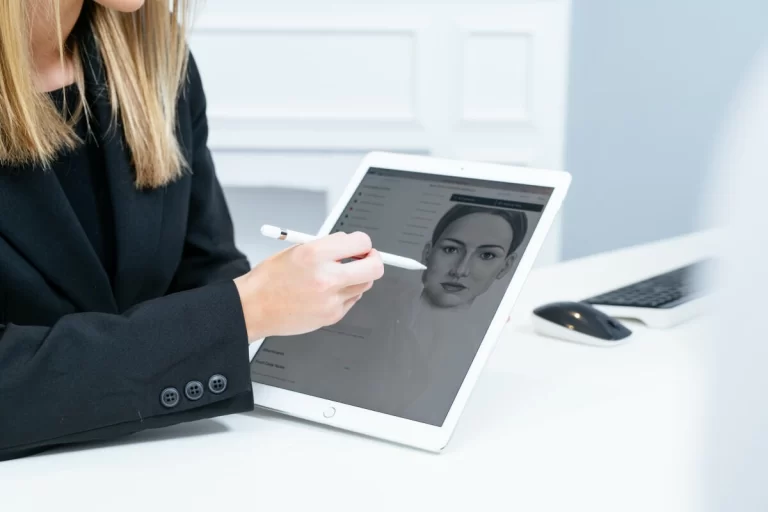
We all know we can buy sunscreen or SPF products, and we are constantly recommended to coat ourselves in them, but why? Asides from the obvious protection from very painful sunburn, protecting your skin daily is extremely important when focusing on achieving your skin goals
Many of the conditions we see daily in the clinic can directly be contributed to by unprotected sun exposure, not just once but over weeks, months and years. Sun exposure damages and speeds up the cellular ageing of the body and causes us to appear “aged” sooner.
I have tackled some of the common misconceptions and questions about sunscreen that I hear every day in the clinic. Some of these will be pretty surprising!

“So what is Sun Protection Factor (SPF)?”
This measurement system is used globally to determine how much protection a sunscreen will give when applied to the skin at a thickness of 2mg/cm2.
The SPF rating system measures how long you can stay in direct sunlight before your skin starts to burn, and the level of UV rays can be filtered or prevented from attacking the skin.
“What is the difference in protection between SPF 30 & 50?”
There is a 1.3% difference in protection between SPF 30 & SPF 50 sunscreen. SPF30+ sunscreens filter about 96.7% of UV radiation, SPF 50+ sunscreens provide UV protection of 98%.
Most people don’t apply enough of their SPF product to actually receive the level of protection advertised on the bottle. It is important to not let yourself think SPF is a “suit of armour” against the dangers of the sun. Always use SPF alongside other sun-safe practices like shade and covering up. And most importantly, read the instructions on how to apply.
A good rule of thumb is 1 teaspoon for the face, neck and chest, plus an extra teaspoon for each exposed body area. If you wear a short-sleeved shirt, pants and shoes during the day, between 2.5 and 3 teaspoons will cover all exposed skin.
“Do I need to worry about sun exposure before or after my in-clinic treatments?”
When it comes to having skin procedures done in-clinic, whether it is Hydrafacials, Chemical Peels, Light-based treatments or even injectables, it is vital to protect the skin both before and after. This protection ensures the skin is not damaged or traumatised, so optimal healing and results can be achieved, and complications can be avoided. Even the smallest amount of unprotected sun exposure before or after a treatment can have significant effects.
“Can sunscreen go off?”
How many of us have old bottles of sunscreen that live in the bottom of your car’s centre console for 2 years? Guilty.
If not stored correctly, sunscreen can go bad before the expiration date, making it ineffective at providing you with the promised protection, resulting in skin damage and sunburn.
Keep yours stored sealed in a cool, dry place, out of direct sunlight, AND remember to check the expiration date because YES, the SPF degrades; you can’t just keep using it!
“What is the difference between organic or inorganic sunscreen? Is one better than the other?”
‘Inorganic’ or ‘organic’ are most commonly referred to as ‘chemical’ or ‘physical’ – which really just describes their mechanism of action. This does not imply one is better than the other.
Physical sunscreen ingredients (including the minerals titanium dioxide and zinc oxide) block and scatter the rays before they penetrate your skin.
Chemical sunscreen ingredients (like avobenzone and octisalate) absorb UV rays before they can damage your skin.
Many modern sunscreens contain both organic and inorganic UV filters to provide broad-spectrum protection against UVA and UVB radiation. Physical sunscreens may be less likely to cause skin irritation than chemical sunscreens. Both types have been tested as safe and effective.
“But my makeup has SPF!”
Loose powders, tinted moisturisers, BB creams, and foundation typically don’t contain high enough levels of SPF. This is because a high level of SPF could alter the skin feel of the product.
Secondly, you may not put on enough to make a difference to actually get the level of SPF advertised. When sunscreen products are tested, typically 24-30ml of a product is applied per 10cm square! For reference, 10cm square area does not fully cover 1 side of my cheek, and I definitely do not apply 30mls of foundation or BB cream to my cheek.
“Can I layer my SPF products for better protection?“
The SPF numbers aren’t cumulative. Applying an SPF 15 facial moisturiser and an SPF 15 sunblock doesn’t equal SPF 30 — it still is SPF 15. Likewise, using a moisturiser with SPF 15 and a foundation with SPF 20 does not bump it up to 35 either. For best coverage and protection, selecting a good quality standalone SPF of 30 or 50, and applying before makeup, BB cream or primer is recommended.
“Is my sport sunscreen waterproof?”
There’s no such thing as entirely waterproof or sweatproof sunscreen. The FDA & TGA banned companies from using the words on their bottles as of 2011. Under current guidelines, “water-resistant” sunscreen must work for at least 40 minutes in the water and “very water-resistant” sunscreen should last for about 80 minutes. This is important to remember: for best results drying off and reapplying after being active is best.
If it is cloudy, overcast or raining, do I still need sunscreen?”
Just because the sun is behind the clouds, doesn’t mean it’s not there. UV rays assault us daily and cause cellular damage to our skin, rain, hail or shine, regardless of the temperature. You can still burn, so treat it like any other sunny day and wear SPF.
According to the Skin Cancer Council research, 80% of damaging rays can pass through clouds. In some cases, the diffusing of rays through clouds actually increases UV reflection, meaning you are getting rays from all angles!
We live in a highly reflective environment. Rays bounce back off shiny, reflective surfaces like water, cars, windows and other metal surfaces. These rays are causing you damage.
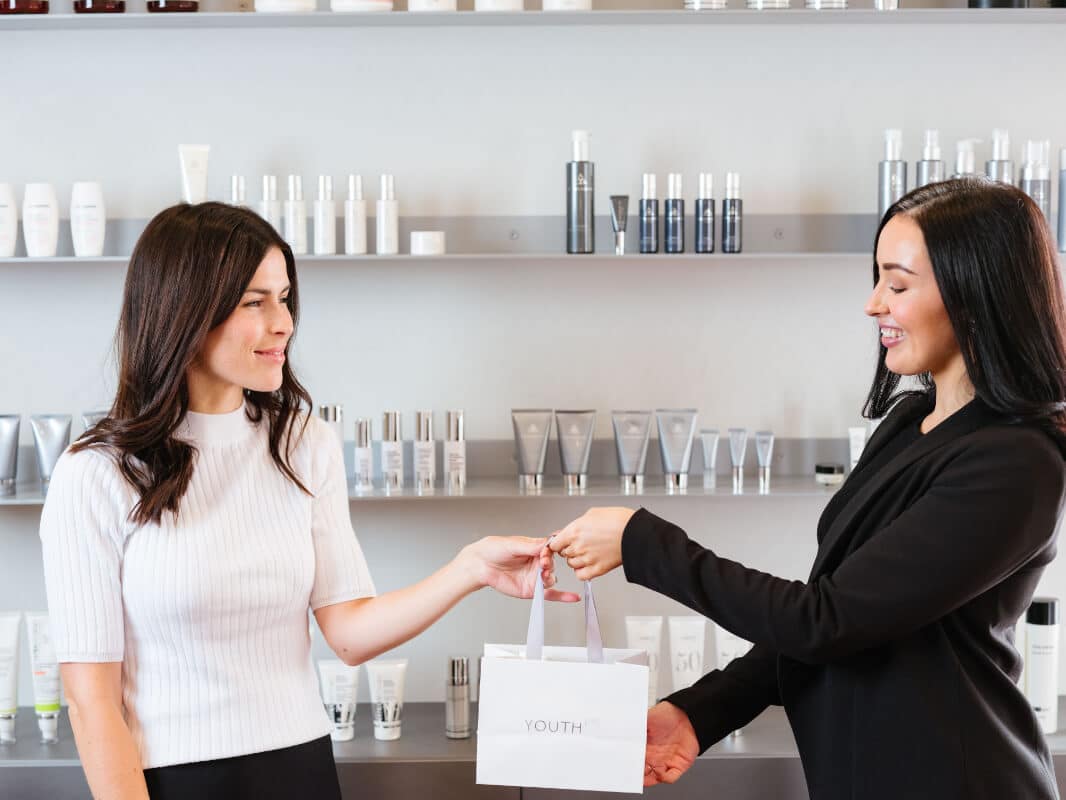
“Will a base tan protect me? And if I tan with the protection, is that okay?”
There is no such thing as a safe way to suntan.
Tanning of skin is initiated as a protective response to radiation exposure from UV exposure, i.e. the sun or tanning booths (which were banned for a good reason). Melanin pigment is sent to the surface to try and shield our vital skin cells; however, as radiation continues, you receive permanent, irreversible DNA damage within those cells. DNA damage results in our cells mutating or creating copies of these now damaged faulty cells.
Research indicates that damage occurring from UV exposure results in changes in the p53 gene. P53 essentially acts as a huge ‘STOP! Go back and fix it!’ button, which, when compromised, results in skin malformations and cancers.
UVA and UVB overexposure result in a breakdown of dermal connective tissue (collagen), this equals a loss of elasticity, wrinkling and loss of skin tone. It is estimated that 80% of premature facial ageing is due to skin damage from UV exposure.
The production of this protective melanin is physiologically limited by each individual’s skin type, and this defence mechanism is exhausted very quickly. Extensive research has been conducted in this area. Studies have concluded that a base tan affords no protection against future exposure. At best, a Harvard study explored the protective effects of having a tan, which only turned out to be equivalent to an SPF 3. An SPF 30 is much better and more reliable!
“I never burn, and I already have naturally dark skin, so I do not need SPF.”
Although those with a richer melanin content or darker complexions are less likely to visibly burn from exposure, this does not mean irreversible damage is not occurring to their skin. Research has indicated that the death rate of darker-skinned people from skin cancer-related disease is higher than those of fairer complexions, even though fairer complexions are typically more predisposed. Why?
Researchers have found those with darker complexions often fall into a false sense of security when wearing SPF and seeking shade, and having regular skin checks. Complacency can result in a late-stage diagnosis of diseased lesions, making them more difficult to treat.
“Can anyone, of any skin tone, experience cell damage as a result of sun exposure?”
Did you know Bob Marley was diagnosed with a Melanoma on his big toe? Although you may have only had a sunburn on your shoulders, but not on your bottom, the damage and trauma from the sun affect the skin as a whole. Our skin is one big organ. This is why it is not unusual for some types of skin trauma conditions or cancers to appear in places you never thought ever saw the sun.
“So, what are your all-time favourite SPF products?”
Mesoestetic Melan 130
Who is it good for?
Those looking for the perfect dewy, anti-aging, tinted SPF.
This has a silky, rich, hydrating feel, and a golden tone, making it ideal for the “no make-up” make-up look. This product combines physical and chemical SPF 50 with antioxidant shields aimed at protecting collagen. The tone matches well for those with a golden skin tone (naturally, or with a little help from fake tan).
Aspect Hydrating
Who is it good for?
Those who prefer a lightweight, dry-touch, non-oily feeling SPF 50. Not too matte, not too oily— just right.
Aspect Hydrating has a light, fluid-like texture. The tone starts off a little white, but works in nicely and does not leave a white cast. The tapioca starch in the formulation gives a dry-touch feel and a pleasant banana fragrance, while allowing the product to play nicely under makeups.
This is always a favourite with the guys who hate the feeling of anything on their skin!
Ultraceuticals UV Protective Daily Moisturiser SPF 50+ Mattifying
Who is it good for?
Those who are looking to simplify their daily routine or who prefer to keep the product layering minimal.
This is a shine-free moisturiser, containing a mix of weightless hydrating and anti-aging hyaluronic acid, panthenol and niacinamide antioxidants to balance skin… AND it ticks the SPF 50 box!
For anyone who loves the sound of this, but would prefer a product with a more hydrated feel, this formulation also comes in a Hydrating Moisturiser option.
Mesoestetic Mineral Matt SPF 50
Who is it good for?
Those who tend to experience sensitivity to SPF products.
Mesoestetic’s Mineral Matt SPF is perfect for those who struggle with sensitivity to SPF products. This is because the blend utilises Zinc and Titanium Dioxide minerals, which provides physical sunscreen, as well as calming and anti-inflammatory properties.
The formula has a lightweight and fluid texture. The tone will initially appear white, however, it works in nicely, leaving a matte finish that sits well under cosmetics.
It is important to note that, due to the mineral base, this product would not suit those who experience dryness or flaking as can highlight dry patches. Shake very well before using to mix.
These sunscreens are available through our online skincare store, as well as in clinic at Youth Lab West Perth, Youth Lab Claremont, and Youth Lab Joondalup.

